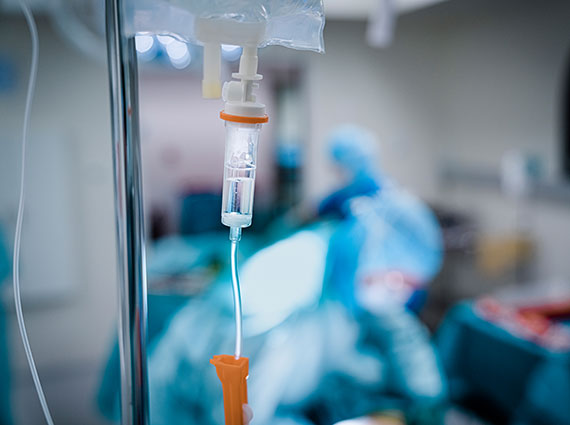Fields of Application
State-of-the-art non-invasive & continuous measurement

Improving
Patient Safety

Supporting Diagnostic
Excellence

Enhancing your
Research Work

Revolutionizing early
detection & prevention
ANESTHESIA | CRITICAL CARE
Obtain a full hemodynamic status including blood pressure, cardiac output and vascular resistance from the unique CNAP® finger sensor to enhance your diagnosis.

- Real time hemodynamic monitoring of blood pressure, cardiac output and pulse pressure variation
- Accurate feedback on all functional hemodynamic tests
- Supporting healthcare professionals in educated decision making
- Enabling individualized treatment
- Reducing postsurgical complications up to 34% by implementing Goal Directed Therapy(1)
ENHANCED DIAGNOSIS
Obtain a full hemodynamic status including blood pressure, cardiac output and vascular resistance from the unique CNAP® finger sensor to enhance your diagnosis.

- Improving diagnostic quality by detecting unexpected blood pressure drops often unidentified by standard NBP
- Early detection of rapid and short term hemodynamic changes due to orthostatic challenges and autonomic function tests
- Tracking cardiovascular response to stimuli
- Truly continuous and fully synchronized
- Helps identifying cardiovascular & autonomic diseases
High-Level
RESEARCH
Enhance your research work with a full set of truly continuous cardiovascular parameters right from your fingers.

- Collection of continuous non-invasive recordings of arterial pressure and advanced hemodynamics
- Fully synchronized data from one sensor
- Calibrated signals for high accuracy
- Reliable long and short-term measurements
- Clinically proven and validated technology
- Reproducible results
- Easy data storage, export and analysis
- Quick and easy set-up
REVOLUTIONIZING PREVENTION
Benefit from our noninvasive technology in the early detection of cardiovascular diseases.

- Supporting preventative healthcare
- Early detection of cardiovascular diseases
- Help identifying hypertension, stress and sudden cardiac arrest
- Allowing for quick and easy triage in overloaded healthcare systems
- Evaluating cardiovascular status to determine diagnostic pathway
- Assessing efficacy of medication
- Non-invasive, easy to use and without any burden for the patient
Reference:
(1) Benes J, Haidingerova L, Pouska J, Stepanik J, Stenglova A, Zatloukal J, Pradl R, Chytra I, Kasal E. Fluid management guided by a continuous non-invasive arterial pressure device is associated with decreased postoperative morbidity after total knee and hip replacement. BMC Anesthesiol. 2015 Oct 15;15:148. doi: 10.1186/s12871-015-0131-8. PMID: 26471495; PMCID: PMC4608292

